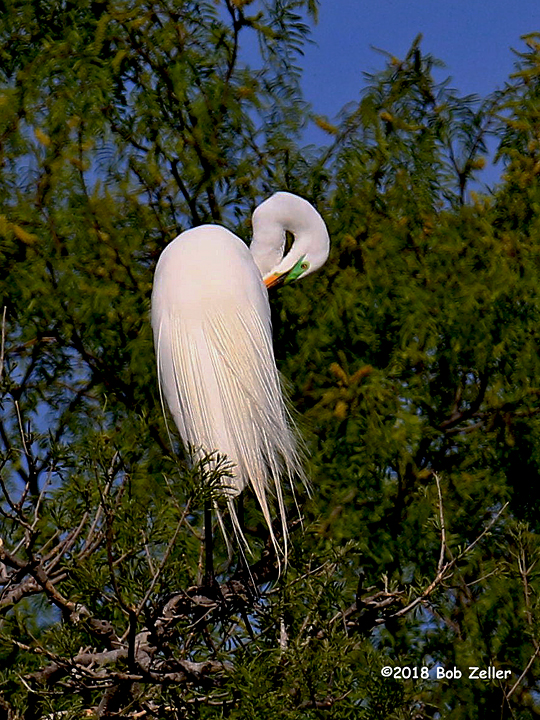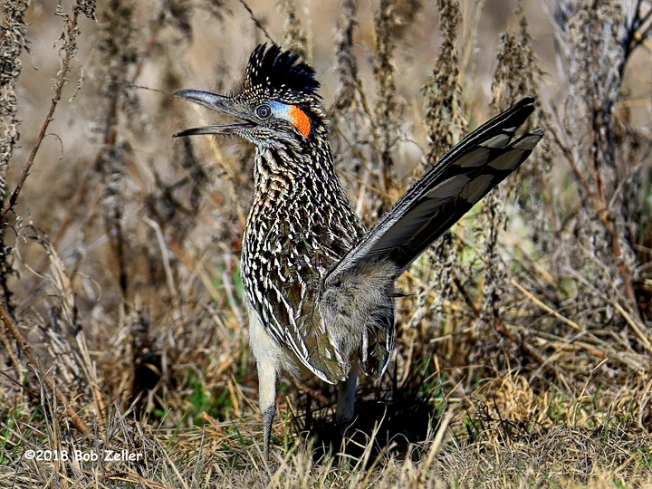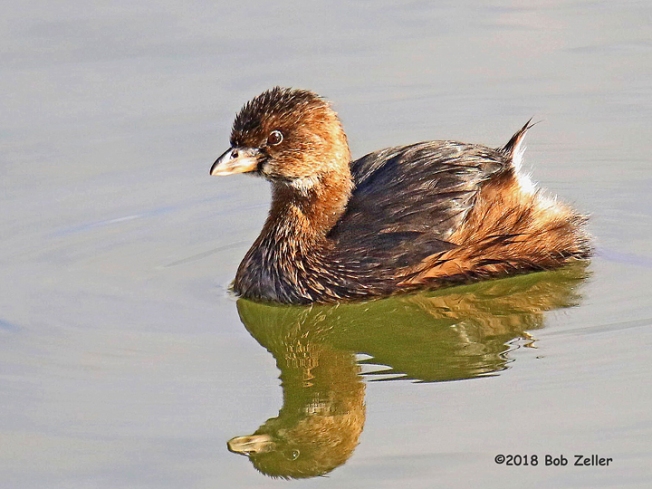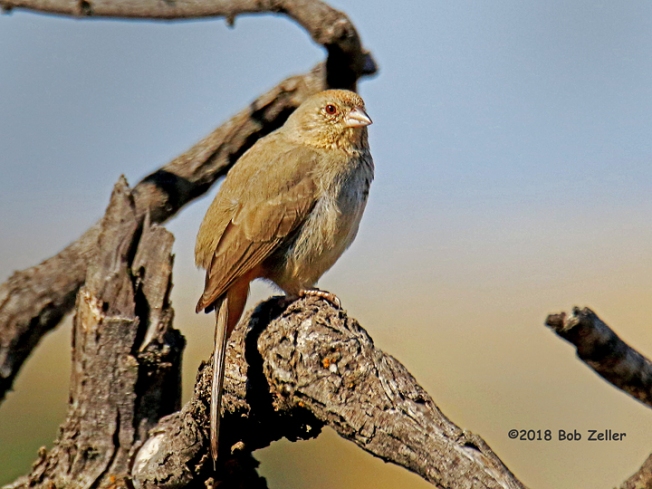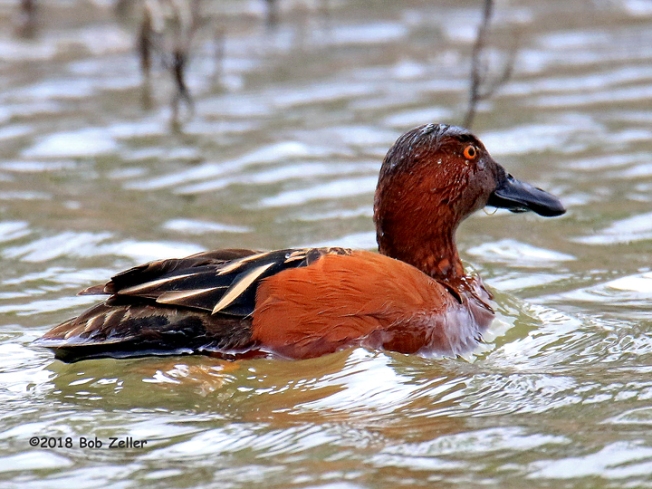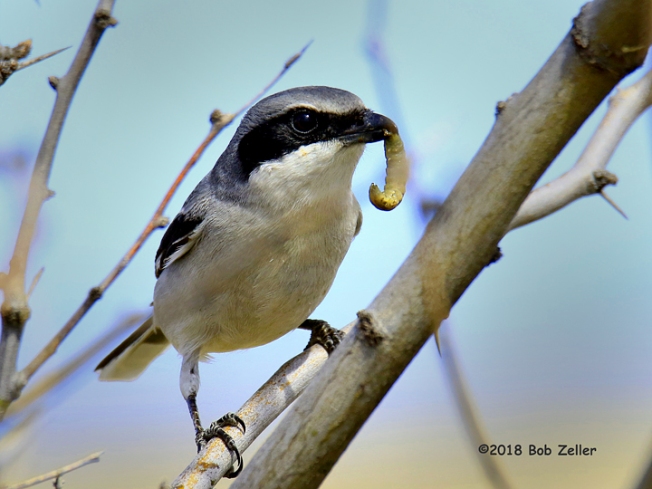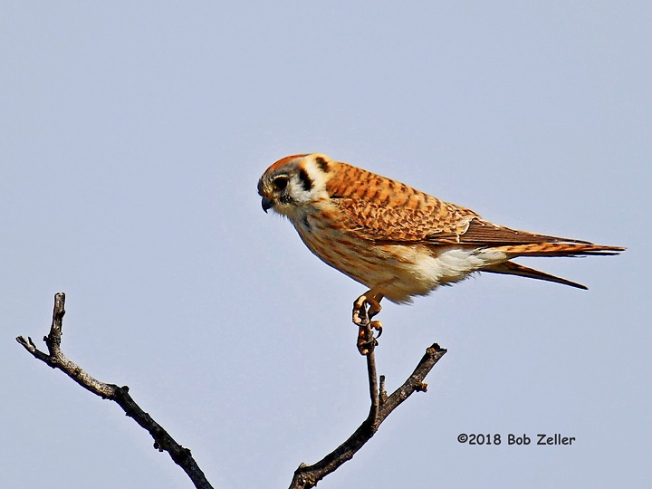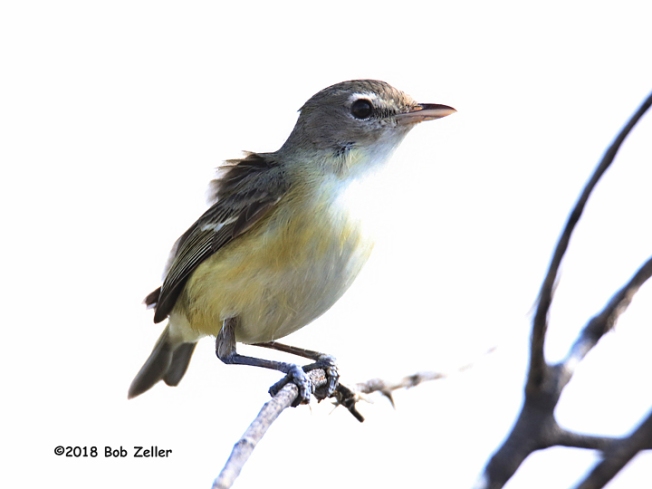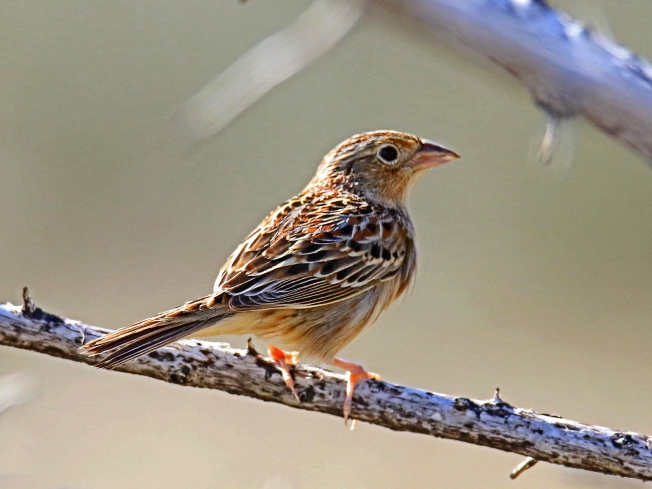Of course, we all know that it is now known as Memorial Day. Originally called Decoration Day, to be observed celebrating and honoring the dead, military and civilian. It was, and is, a tradition to decorate the graves with flowers, flags, etc. The name change happened around 1968.

Your’s truly, of course. My old hat has stood the test of time.
I am not good at selfies, but I thought I would toss this one to show that I am standing the test of time, too. Ann says I should have smiled a little more to show off my new teeth. 🙂
My oldest memories of Decoration Day, as it was called when I was a child, was of my Dad and I listening to the Indianapolis 500 Auto Race. The Greatest Spectacle in Racing, as it’s motto states. The first time was probably about 1938. I would have been four years old, and my dad was a big fan of that annual race. It wouldn’t matter what we were doing, fishing, washing the car, or sitting in our living room, there was always a radio present so we could listen. Then in later years, of course, we would be watching on television. Thus, that is what I did yesterday, as I have done all those years, except for a couple of years during my military deployment.
The race has changed over the years. The cars are faster but safer. Back then the speeds were barely over 100 mph, but the gradually improved. I remember when A. J. Foyt turned laps at the amazing speed of 160 mph. Now, this year, qualifying speeds were around 230 mph.
Anyway, I had a most enjoyable weekend. It started with a great telephone conversation with my dear best friend in Tennessee. It had been perhaps a year or more since we had chatted by phone, but we keep pretty much in contact each month by e-mail. She is also a very accomplished wildlife photographer, too. So we always have things to talk about. She and her husband are our closest friends.
We then spent a couple of hours birding at San Angelo State Park on Saturday morning. The heat is starting to reach 100 degree temps, so the birding is starting to slow down. The rest of the weekend we spent just hanging out at home, watching the Texas Rangers baseball games.
I did take a few hours to work on my (click here) Fine Art America page, and my Gallery page that you access above. I would so love to have some of you purchase my prints. As low as 17.00 and change. Buying is easy. In my Gallery, I am putting direct links under each photo. Click that link and a price list will appear, you only need to decide the size. Or click the FineArtAmerica link above.

Painted Bunting
Of couse, I must continue my habit of posting at least one of my photographs with each post. The Painted Bunting is one of the most beautiful birds around here. They will be present here for most of the summer, to brighten the upcoming hot dry days.
I hope that all of my readers have a safe but fun Memorial Day weekend. Until the next time, HAPPY BIRDING!!!

















